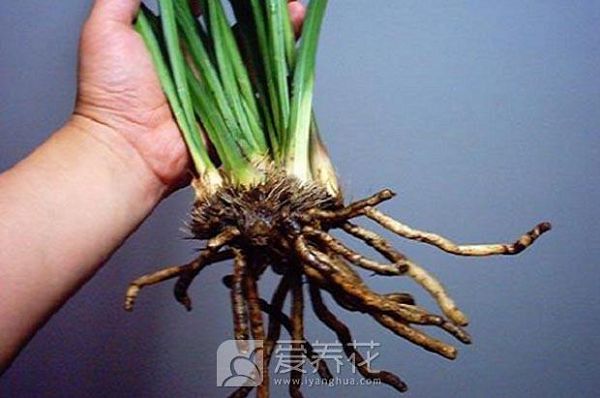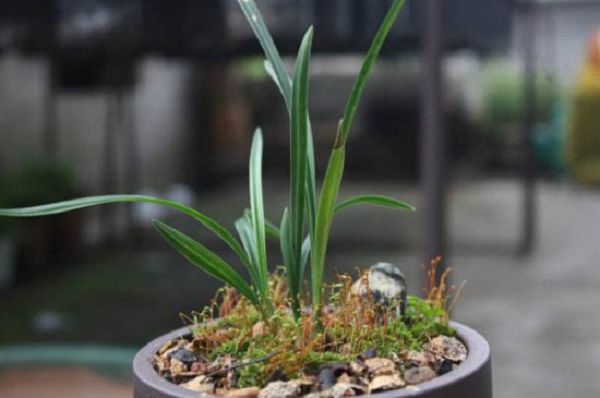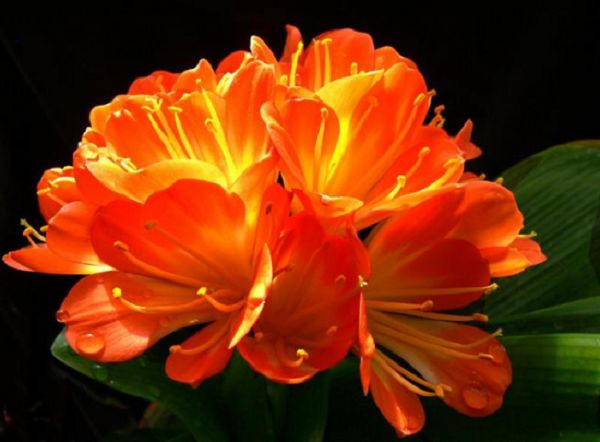How to grow orchids? Keep good orchids. These tips are very useful.

People think that orchids are symbols such as "beautiful", "noble", "simple", "virtuous", "virtuous", "virtuous" and "handsome". They also like many friends. New orchids want to know how to raise orchids. Everyone thought it was very difficult to raise orchids and soon died. Different from other flower varieties, orchids have special growth habits. if we master the growth habits of orchids and ensure a good growth environment of orchids, we will find that it will not be too difficult to raise orchids. So, how can orchids not die so easily? The editor has prepared some entry-level skills for novice orchids for reference only.
There are many kinds of orchids, due to different producing areas corresponding to different habits, daily maintenance should also take some different methods, but most of the habits of orchids have something in common, this is the basis, you can pay attention to these.
The correct method of watering orchids
Watering orchids is the most important link, because the roots of orchids are strong fleshy roots, are sensitive to water, do not need too much water, but can not be too dry. If the state of being too wet or too dry lasts too long, it will cause rotten or empty roots of orchids, and if it lasts for a long time, the plant will appear yellow leaves and withered branches and finally cause plant death. So to keep the root system moist, there is no specific time limit for watering, according to the growth rate of the orchid, the number of plants, the material of the flowerpot, the type of orchid, the environment, the season, and the degree of dryness and wetness of the pot soil.
The rotten roots of orchids were caused by too much watering.
Orchids like to be cool and damp, which refers to keeping the soil moist. When the climate is dry, use a fine-hole spray can to pour the leaves and basin soil to slightly wet, do not directly water easy to make the root stagnant water. If the weather is dry in summer, spray water on the leaves and spray 2mi 3 times a day. In winter, if the basin soil is not too dry, there is no need to water it.
How to fertilize orchids
Orchids like to be fat, but they can't stand too much fertilizer. The nutrition absorbed by orchids in the potted soil is limited, and the potted soil remains loose and breathable without rotting roots. A lot of nutrients should be supplemented by water and fertilizer in the later stage. In the orchid growing period, thin fertilizer should be applied frequently and do not use thick fertilizer.
You can also make organic fertilizer, such as cake fertilizer and bone meal, which is nutritious and effective for a long time. When used, it should be fully diluted with water. In cloudy and rainy weather, a small amount of cake fertilizer can also be sprinkled on the outside of the flowerpot. Slowly infiltrate into the basin soil with watering.
The editor has a way to make fertilizer by pouring the rice water into the pot soil after 1 day to avoid pouring it on the orchid leaves. Can also be soaked in apple peel for 1 or 2 days after watering flowers, this kind of water and fertilizer contains a variety of nutrients, with a certain acidity, is very suitable for the growth of orchids.
If you don't want to bother, you can dilute a few compound fertilizers with a bottle of water. Compound fertilizers are more fertile. If you apply this kind of fertilizer to orchids, you must apply less to avoid burning the plants.
Matters needing attention in changing orchids
Orchids have more roots, so the soil for orchid cultivation should be loose soil with sufficient rotten leaf soil or acid sandy nutrient soil with PH value between 5 and 6.5. Potted orchids need to change pots to give plants sufficient space to grow in about 2 years, and separate plants can be propagated when changing pots. If the growth of the orchid is relatively exuberant, but the flowerpot is too small, the whole orchid can be poured out of the small pot, the root system should not be scattered, and directly put into the flowerpot larger than the original flowerpot, compacted with soil, paved with pebbles, and watered thoroughly.
How to trim orchids
Orchids will wither and grow new buds every year, so cut off the yellow leaves and withered leaves in time, which is beneficial to the growth of new seedlings and does not affect the ornamental effect. If there are too many flower buds in orchids, some weak buds can be trimmed properly to make the robust seedlings grow faster.
Tips
It is particularly noteworthy that orchids are most afraid of coal fumes, which will die as soon as they are smoked. Special care should be taken to avoid smoking when moving orchids indoors in winter.
Related
- Is the orchid suitable for indoor use? Is it good for the body?
- How to prevent the empty root of orchids?
- What to do after the crab claw orchid is withered?
- Why are the leaves of orchids always yellow? Fertilizing and watering.
- Can the root of the gentleman orchid be saved if it is rotten?
- Diagnosis and treatment of cotton-blowing beetle insects in Cymbidium
- There is a way for a gentleman's orchid to rot.
- What is the most suitable temperature and humidity for the orchid?
- How to raise a gentleman's orchid? Cultivation techniques of Cymbidium
- How to prepare the nutritive soil for the cultivation of Cymbidium



